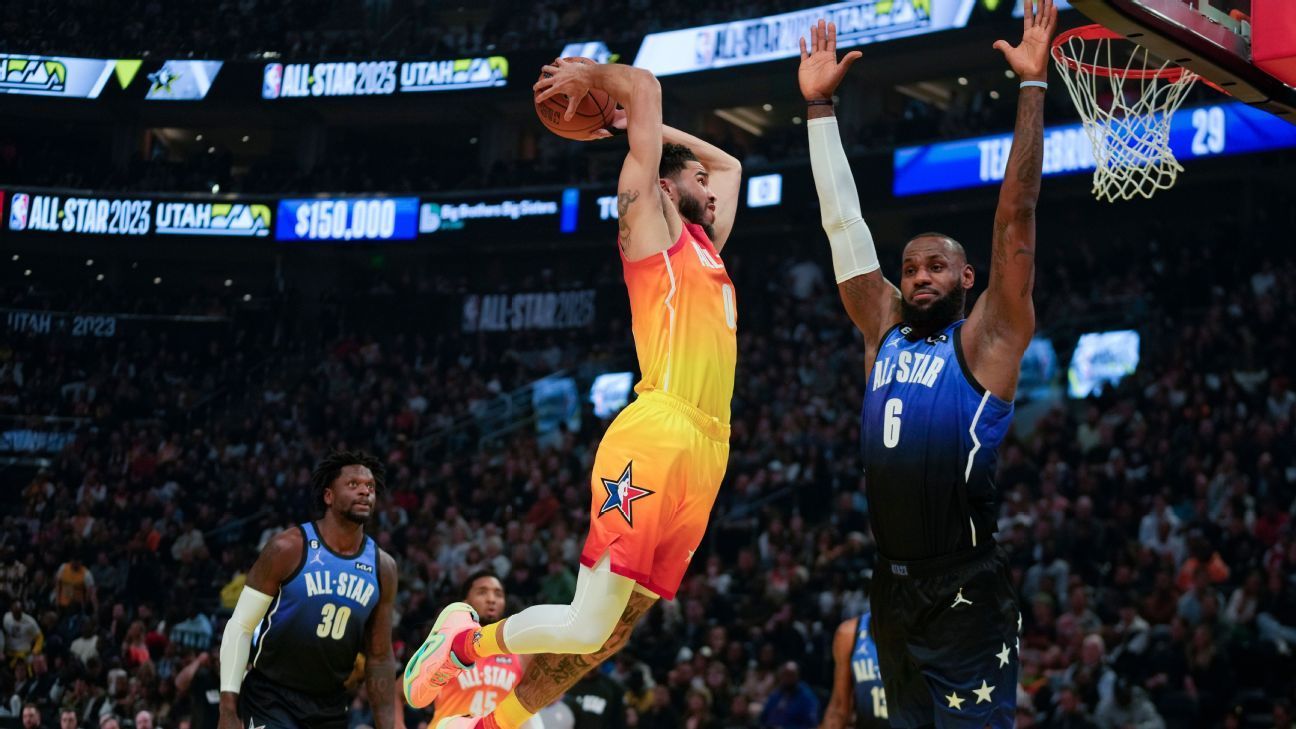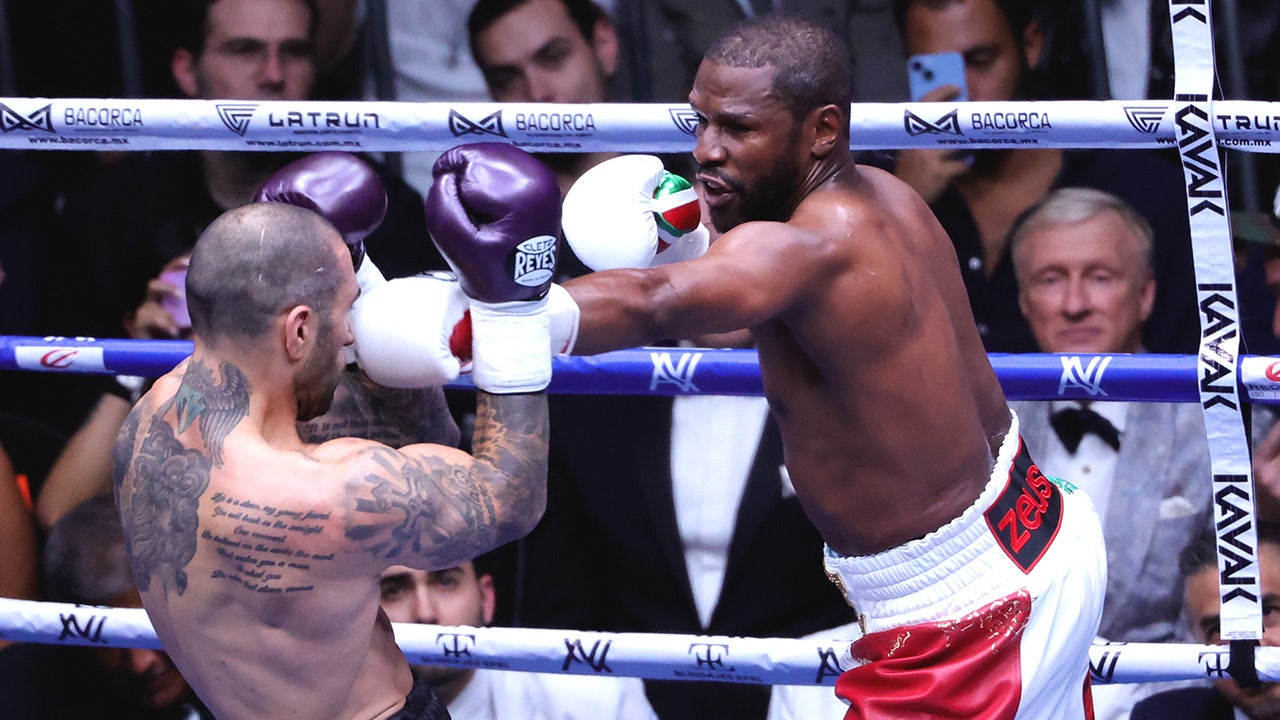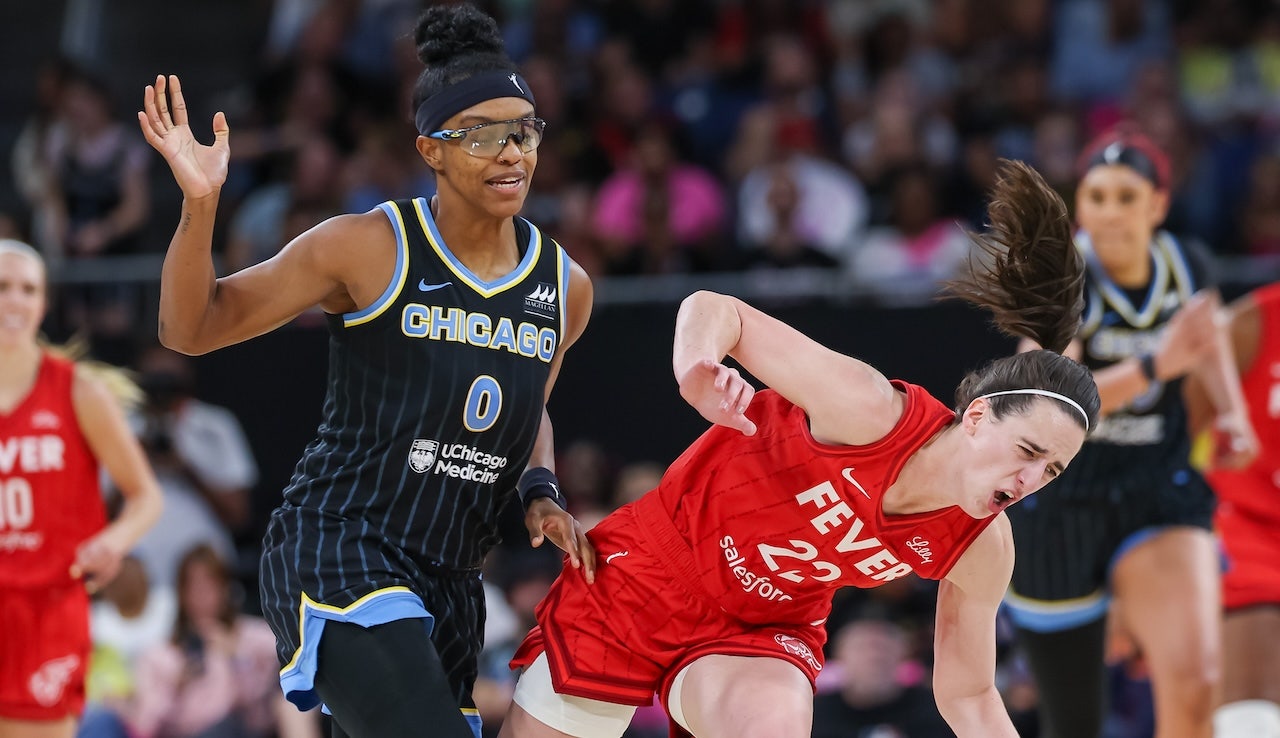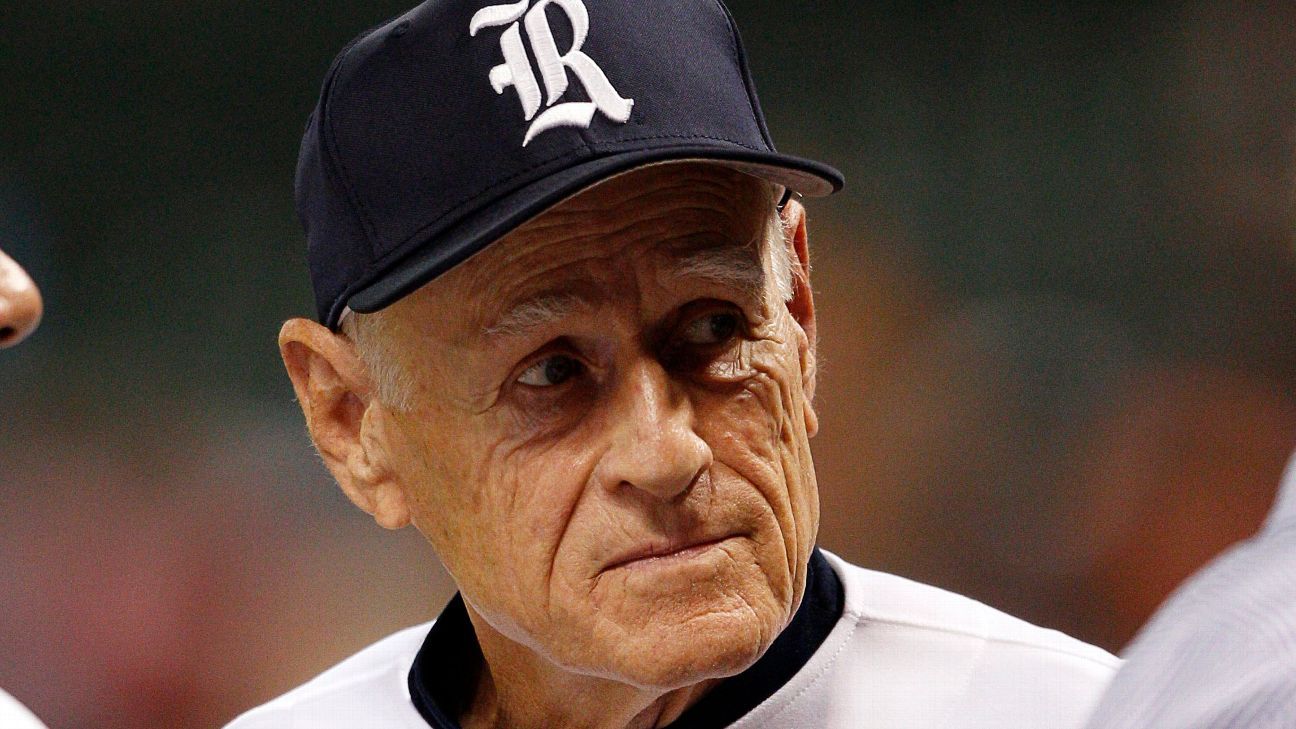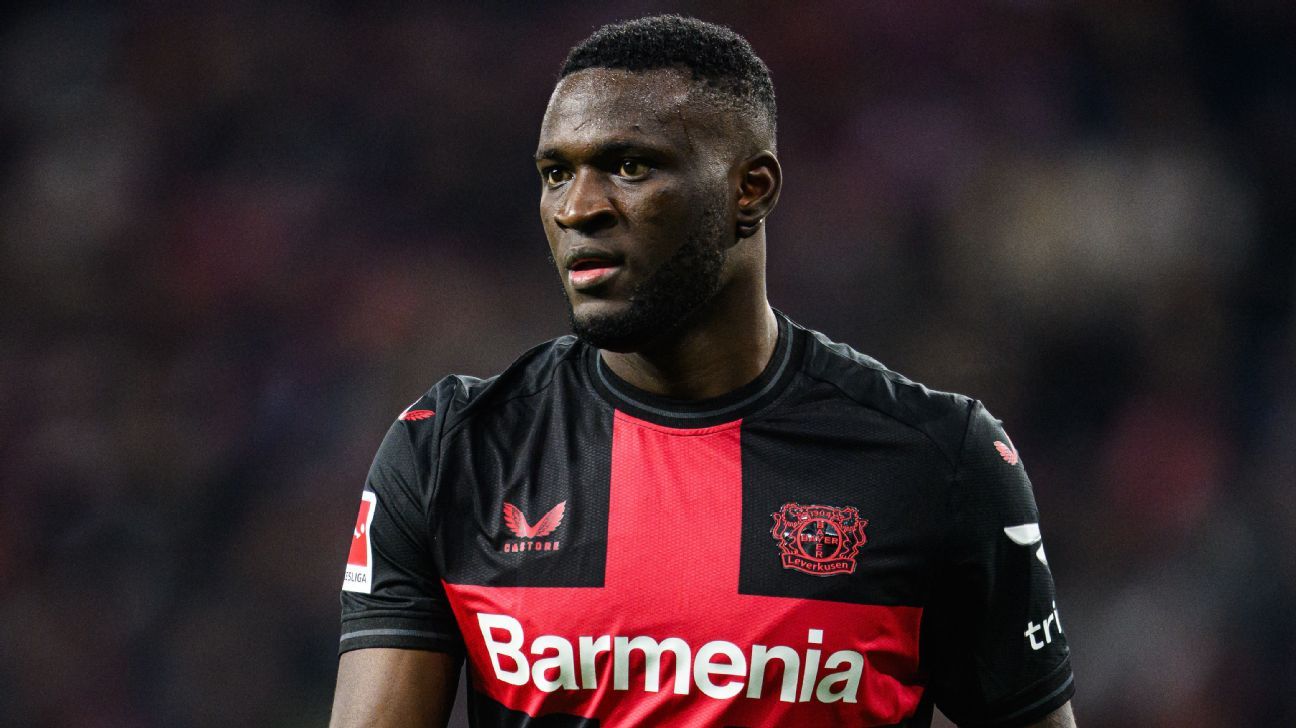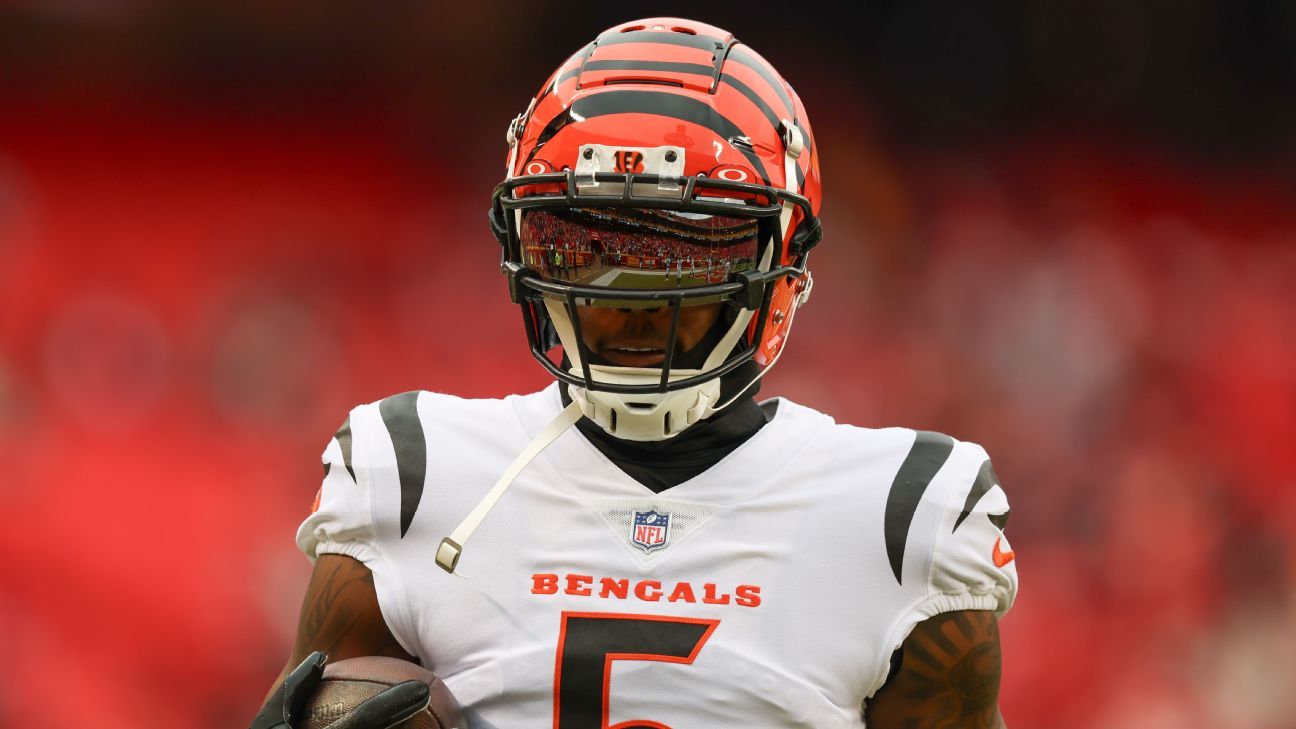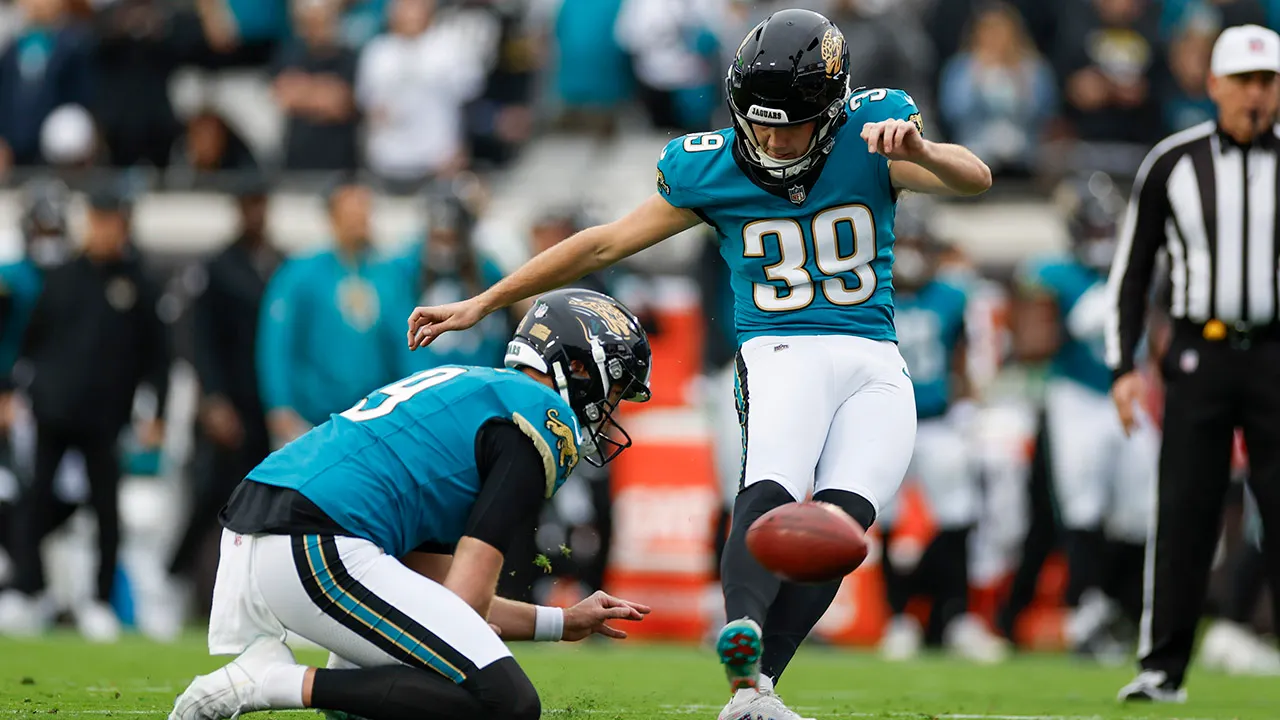Imagine an NBA All-Star Game where one superstar broke another's nose playing aggressive defense at the rim in the third room.
Imagine one of the greatest players in NBA history angrily berating another all-time great at the final buzzer because one of them failed to take the final shot.
These things happened in the same All-Star Game, and not that long ago. In the 2012 game in Orlando, Dwyane Wade broke Kobe Bryant's nose to avoid a layup with eight minutes left in the third quarter.
That night was most memorable for Bryant yelling at LeBron James to “shoot the damn ball” when James passed it twice in the final 10 seconds with his team, the East All-Stars, trailing Bryant's West by two. In a timeout before the final possession, Bryant had been assigned to cover James and was eager to stop him directly. The West won 152-149, but Bryant finished the game with a frown, frustrated that James wouldn't challenge him.
A few days later, before Wade's Miami Heat were about to play Bryant's Los Angeles Lakers, Wade called to make sure there were no hard feelings. He was pleasantly surprised when Bryant told him that he “loved” that Wade played so hard in the exhibition.
In one memorable moment from the 2003 All-Star Game, Michael Jordan tried to get into Bryant's head when he bad-mouthed the young star while Bryant had a chance to make three free throws with one second left in overtime to win. Bryant missed and the game went to double overtime after Jordan hit a miracle jumper that nearly won it for the East in Atlanta.
That's how Bryant, who cared deeply about the All-Star Games, was raised to play in these events. Two decades later, it's hard to calculate what's more unfathomable for an All-Star Game: actual competitiveness at the end of the game or one of them going into double overtime.
All-Star weekend had long leaned toward style over substance, but last year's version in Salt Lake City was surely the low point.
After he won it, well, no one remembers, Denver Nuggets coach Michael Malone told it like it was.
“It's an honor to be here, it's an honor to be part of a great weekend with great players,” said Malone, who coached the losing team LeBron (team Giannis won). “But that's the worst basketball game ever played… I'm not going to lie.”
It's been a long road, filled with highlights but plenty of apathy, to get to this point in All-Star Game history. The NBA is waiting for a turning point. Malone was the most forceful, but he wasn't alone in his feelings about the game reaching its nadir, and he convinced the league to try to bring some excitement back to the midseason spectacle.
The All-Star Game MVP trophy is named after Bryant, a testament to how seriously he took the game. There were complaints about the display getting worse throughout Bryant's career, but he was one of the few who attempted to hold it to some kind of standard. As he approached retirement, the game really seemed to lose its way.
Let's consider the changes that each edition of the All-Star has gone through in less than a decade:
• In 2016, Bryant's last in the NBA, the concept of defense, which was already a rarity in the All-Star Game, was retired. The defenders barely ran and rarely jumped. The West team scored an obscene 196 points.
• In 2017, the two teams combined for a record 374 points as there were more people standing than anything else. There were 83 dunks, virtually all of them uncontested, 12 of them by Milwaukee Bucks star Giannis Antetokounmpo alone.
• In 2018, the NBA, perhaps recognizing that things were getting out of hand, tried a new format to spark passion: team captains who would choose their teammates' playing style a week before the game. But the game would not stand out for the change in format, but rather for the dizzying number of three-pointers launched by the players. There were only 27 dunks… but 123 three-pointers were attempted, the most ever recorded in the All-Star Game, which teams converted at an unexciting rate of 29%. Instead of the usual dunk fest, most of the players stood around and took turns watching each other dunk deeper and deeper.
• In 2019, a dizzying 167 three-pointers were attempted and the game became even more monotonous.
In 2020, the NBA's attempts to re-engage player competitiveness reached a new level with the adoption of the Elam endgame, where the fourth quarter would be played without a clock and a target score would be established. In honor of Bryant, who tragically died a month before the game, the target score was set at 24 in honor of his jersey number.
So after three quarters 24 points were added to the leading team's result and that was the objective result. But there were also individual quarter matches in which teams played for charity.
Sound confusing? It was, especially since fans sometimes found it difficult to keep track of which team their favorite players were on and then needed a tutorial to keep score.
He produced tremendous drama that first year in Chicago, with Elam's finish resulting in the most competitive play in an All-Star Game in the modern era. There was defense, there was trash talk, and there was a decisive game with Team LeBron pulling off a comeback against Team Giannis.
But the rescheduling of the 2021 edition due to the COVID-19 pandemic and confusion over the format never let it thrive, even if there were some notable moments in which it performed.
Last season, in a game where players took turns throwing the ball to each other off the backboard and shooting from half court, all momentum was lost.
“That wasn't basketball. It was just highlights, layups and jumpers,” Celtics All-Star Jaylen Brown said after last year's game. “I don't know how much notoriety you'd want to get out of this. It was just a glorified layup line.”
The selection of the 2023 teams did not occur until shortly before the game. James, one of the captains, did not arrive in Utah until game day after being excused from Saturday's events by the NBA for personal reasons.
Perhaps as a result, the picks were haphazard, with two-time reigning MVP Nikola Jokic accidentally putting himself on James' team when he didn't realize that local Utah Jazz player Lauri Markkanen had not yet been chosen.
“I wouldn't draft myself either,” Jokic said. “I'm not cut out for this game.”
The players changed costumes. The pregame introductions and ceremonies dragged on.
“Some people stayed in the same locker room [with players not on their team]”Damian Lillard said. “Everything felt long. An hour passed between everything. “It felt like the longest All-Star Game I've ever been a part of.”
That messiness and lack of seriousness carried over into the game, which was a shoddy display of effort and interest, even by All-Star Game standards. In 1993, 62 fouls were called. In 2023, there were seven.
Fittingly, James promised Malone he would try to make a defensive stop, and when he contested a shot, he hit his finger on the rim and sat out the rest of the game.
Viewership was 4.6 million, the lowest number in more than two decades, according to Sports Media Watch.
“I was in the middle of the question: 'Do I play hard or do I just feel comfortable?' you don't want to be that [only] guy that's out there pressing and controlling the body, he floats that line,” LA Clippers All-Star Paul George said after the game.
“At the end of the day, fans want a more serious game… That's going to generate the most oohs and ahhs.” [more] than giving a guy an open dunk. But that's how it's played in our era. “I would love to see him move into a more competitive game.”
Oklahoma City Thunder guard Shai Gilgeous-Alexander suggested adding a financial component to attract a better product. That spurred better performances in the NBA's season-opening tournament, and players said the $500,000 cash prize for winners increased the competitive nature of that event.
Instead, the league is attempting another makeover. Or, rather, a makeover. For Sunday's All-Star Game, the squads will return to the East vs. West. Elam's ending has been eliminated and the NBA has promised to limit lengthy pregame ceremonies that players said made it difficult to properly warm up and prepare for the game.
“No one was happy with last year's experience, no one at all,” NBA Commissioner Adam Silver said during a Nov. 8 interview on “The Old Man and the Three” podcast after the games were announced. changes last fall. “I'm not necessarily the one saying we expect you to play like it's the final, but we need a game.”
Silver has set a course this season to “rebalance” the league in what he has repeatedly called a “return to basketball” agenda that not only includes returning the All-Star Game to its roots but also a targeted player participation policy. a Getting star players to avoid resting in high-value national television games.
The in-season tournament produced, for the most part, the desired effect, as there was a marked increase in intensity in the first few games of the regular season. Whether the players will collectively answer the call for a better All-Star performance remains to be seen. It probably couldn't be worse.
“We need to make the message clear to players,” Silver said after announcing the changes last fall, “[so] The kids come out and say, 'It's a game.' We're going to try to win it.'”

